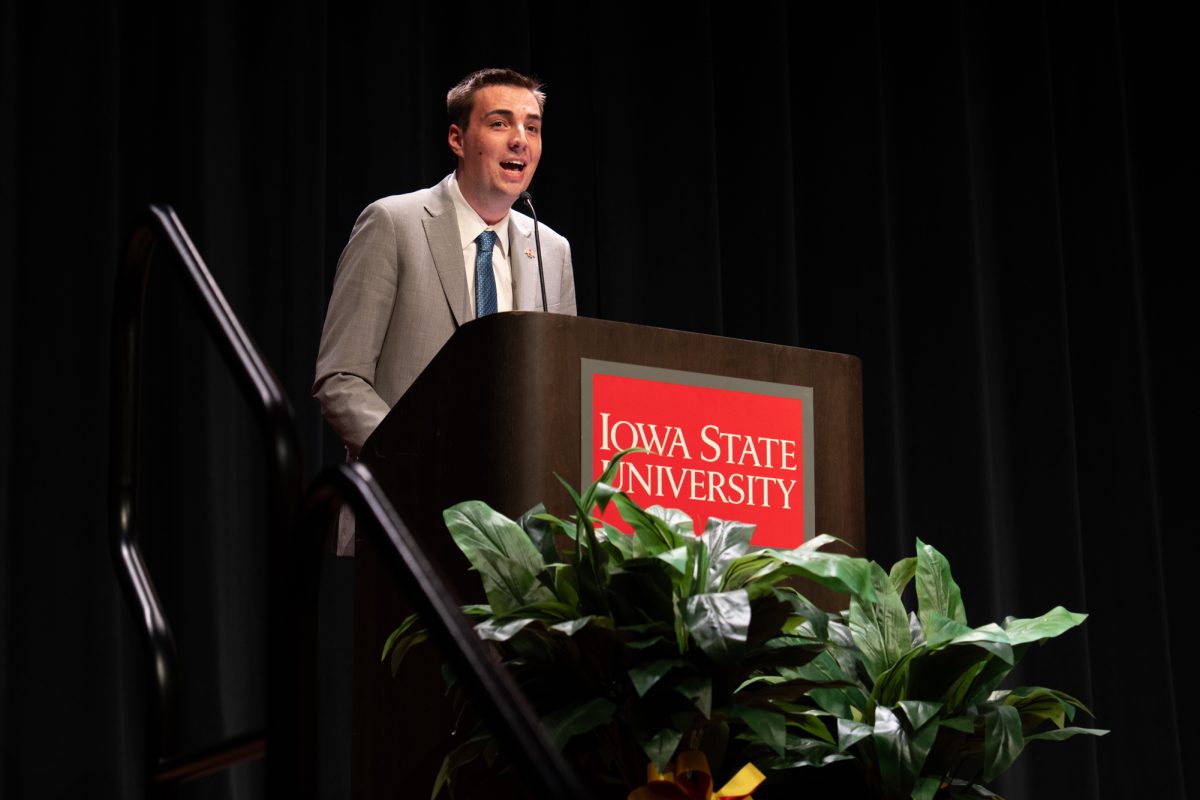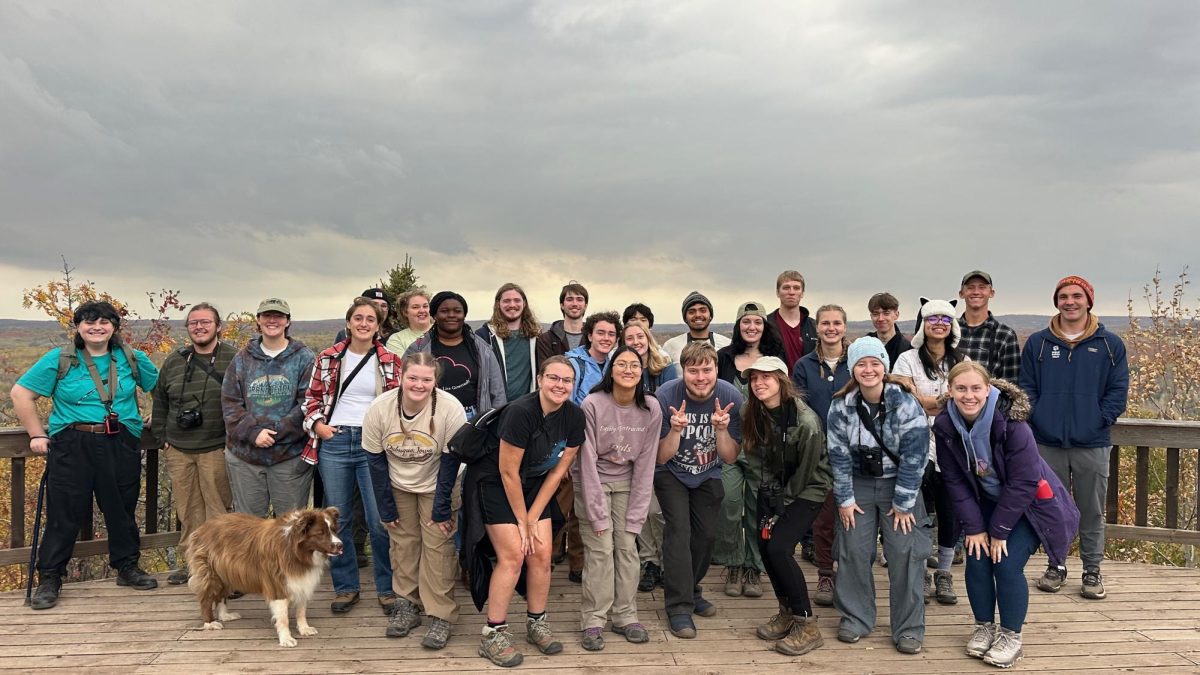Iowa State flood damages add up to more than $40 million
September 16, 2010
Flood damages on campus have been estimated between $40 and $50 million.
Warren Madden, vice president of business and finance, said Iowa State is anticipating to pay 25 percent of the total damages.
The city of Ames suffered through two major storms this summer, a wind storm July 18 and the flood Aug. 11.
Madden said most of the damages came from the three-day rainfall starting Aug. 8, and ending in a downpour of more than 3 inches in 40 minutes.
The South Skunk River rose to 18.1 feet, which is about 9.1 feet above the flood level.
Iowa State had 17 buildings directly impacted by the flood, and 42 were indirectly effected because of drainage and electrical damages, Warren said. The floods damaged more than 84,000 square feet on campus.
Even though several flood mitigation efforts were put in place after the flood in 1993, but the water found other ways into buildings, Warren said.
The water came through Hilton Coliseum on the west side of the building, after doors and glass windows collapsed.
Madden said water came through Scheman through the doors on the north walls.
Several other buildings had flood damages including the Family Resource Center, which was more recently constructed and supposed to be above flood levels.
Madden listed off other buildings impacted including the Veenker Memorial Golf Course Maintenance Building , University Village apartment building 113, the CyRide facilities on the north side of campus, the Campbell Transit Hub, the intramural softball field and volleyball courts, Palmer Hall and Lagomarcino Hall.
Madden said the track in Lied Hall has been cleared to use for this season, but will have to eventually be replaced.
No water got into the Maple, Willow or Larch dorms because of efforts made after 1993, he said.
There wasn’t enough time to remove property from the lower level of Hilton, where there is some expensive machinery, Madden said. Officials are looking at moving some of the machinery, including the equipment to operate the scoreboard.
He said there has even been talk of installing reservoirs and levies as first proposed in the 1960s.
“Flooding itself doesn’t take very long to happen then, it’s done. The planning and mitigation efforts take a long time,” Madden said.”We’ll probably be at this for a year or two. We think we have worked through this very effectively.”
Douglas True, from the Finance and Operations at the University of Iowa, said they have received $57 million from insurance and $8 million from FEMA, after the campus flooded in 2008.
True said the main mitigation effort is to rethink what different flood elevations are.
“What’s a 500-year flood level? What’s a 100-year flood level?” True said.
He discovered they didn’t have any meaning.
True said the university established parameters so the university won’t build any closer to the river.
“I want to assure Iowa State a reservoir isn’t a sure-for-all,” True said.





